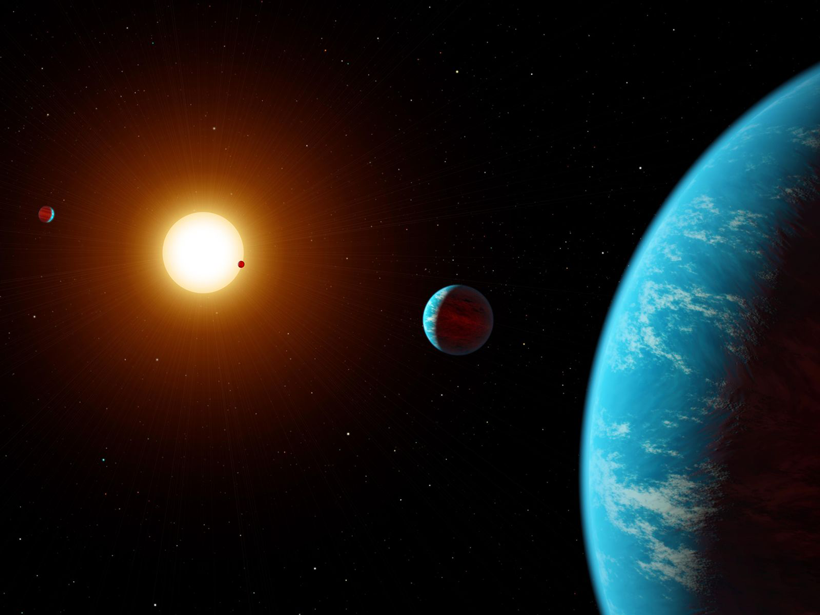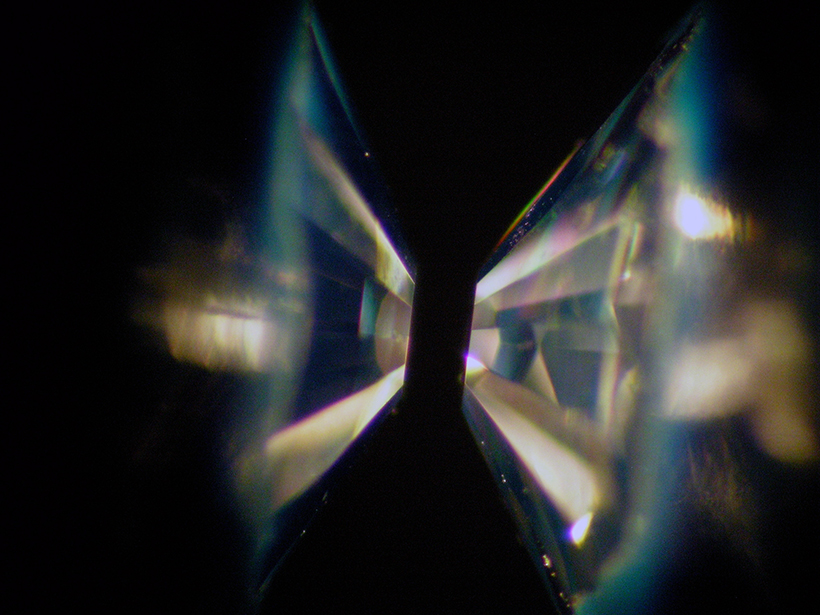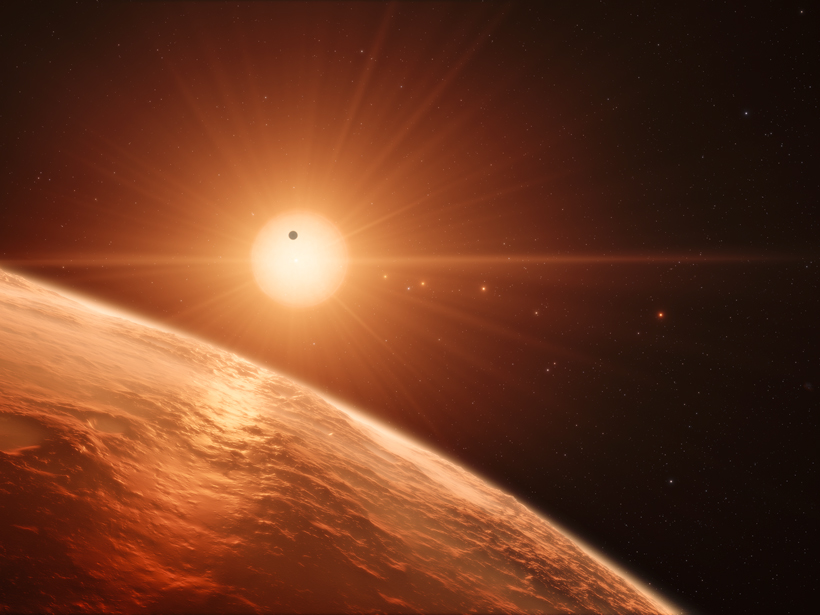Upcoming missions seeking to unravel the secrets of exoplanets abound. An informal survey of astronomers revealed which of those projects they most eagerly await.
exoplanets
Ten Earth-Sized Planets Found by Exoplanet-Hunting Telescope
A new analysis of exoplanet candidates also reveals a previously unrecognized tendency for smaller exoplanets to grow into two distinct sizes.
Lab Tests Probe Carbon Planets’ Inner Dynamics
Thermal convection in deep interiors could be more vigorous in carbide planets than in comparably sized silicate planets, according to new high-pressure measurements of silicon carbide.
Meet KELT-9b, the Hottest Exoplanet Ever Discovered
The exoplanet’s host star blasts it with so much radiation that it will someday evaporate.
Starlike Brown Dwarf? Not Anymore
Because of a new, surprisingly smaller mass estimate for a much-studied, nearby brown dwarf, astronomers now regard the familiar object as merely planetlike.
A New Theory May Explain “Impossible” TRAPPIST-1 Planets
The proposed formation scenario relies on unconventional processes to account for a bevy of seven Earth-sized exoplanets recently found orbiting an unlikely star.
Imagining a Different Earth
Data will be critical to start to answer whether the newly found TRAPPIST-1 worlds are truly Earth-like.
Seven Earth-Sized Planets Seen Whizzing Around One Cool Star
Although all the exoplanets orbit closer than Mercury does to our Sun, liquid water may persist on some of them because their star radiates so little heat.
Closest Ever Terrestrial Exoplanet Found, Habitability Debated
Researchers are excited about a new, potentially habitable exoplanet orbiting our closest stellar neighbor, Proxima Centauri.
Venus's Unexpected, Electrifying Water Loss
New research shows that an electric field surrounding Venus is stripping its atmosphere of water—and the same phenomenon may plague exoplanets scientists hope might be habitable.










